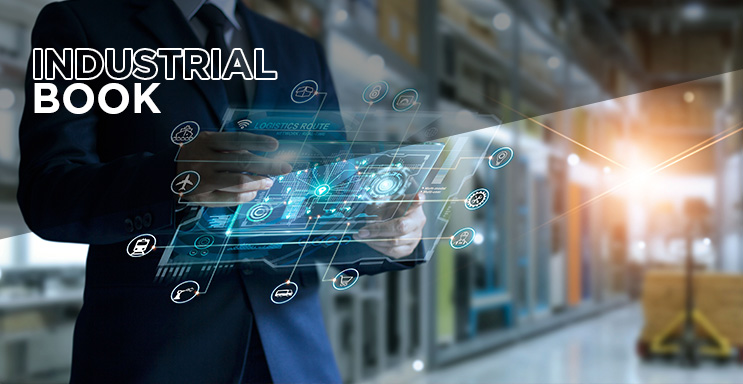
Why additional amenities in office buildings are becoming increasingly important?
In order to remain competitive in the market, landlords must improve the offer in their properties by offering more benefits and adding different amenities in the common areas.
A few years ago, with the increase of the modern office supply, landlords realized that, in order to remain competitive in the market, they must improve the offer in their properties by offering more benefits and adding different amenities in the common areas. Some have introduced new benefits, including outdoor workspaces and more diverse range of service amenities, as well as restaurants with a happy hour option, organization of events after working hours and other activities. The key driver was to “activate” common spaces by creating opportunities for socialization between tenants and the ability to work outside the rented area, and offer amenities, such as roof terraces and large conference rooms, which were paid for and used exclusively by the tenants.
With the need to reduce costs and the realization that many spaces were empty most of the time, tenants realized that costs and benefits were not in the same proportion. On the other hand, employers needed these spaces for employees coming from different industries, but they became willing to share these spaces with others to avoid covering all costs. This initiated the change, the ownership and management of the spaces shifted from tenants to landlords and the introduction of an add-on factor as the category, which is used to cover the usage and expanses for common areas by tenants.
The office space market has changed in the recent years, with tenants increasingly demand a work environment that can attract an educated and highly skilled workforce, including millennials employed in positions such as developers, planners, data analysts, software developers, employees in the gaming industry, etc.
There are more and more companies that even use their own office space as an “additional benefit” to employees in their job ads.
While workers used to be satisfied with closed and isolated individual offices, nowadays it is believed that creativity and productivity require a more interactive, collaborative and socially active office environment. Also, in addition to inspiring office premises, employees prefer to have additional amenities in the vicinity of the office building, which include green park areas where employees can enjoy, rest and relax during the working day, with all necessary amenities in the complex such as restaurant, cafe, pharmacy, grocery shop, bank and similar.
This is what will define the workplaces in the future, which means mobility, connectivity and availability of technology in every corner of the office space, spaces for relaxation and entertainment. This approach provides people with much more than a desk. In the coming period, it will be crucial that office space will be designed to support the development of relationships between people and teams, combined with occasional work from home.








